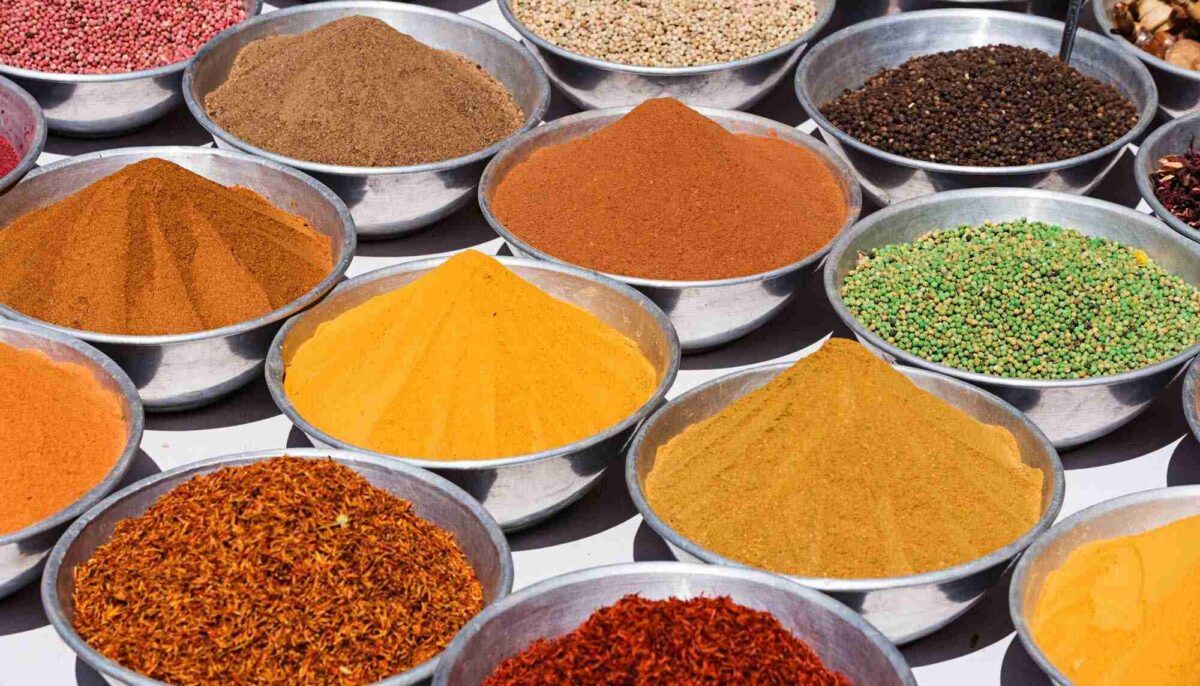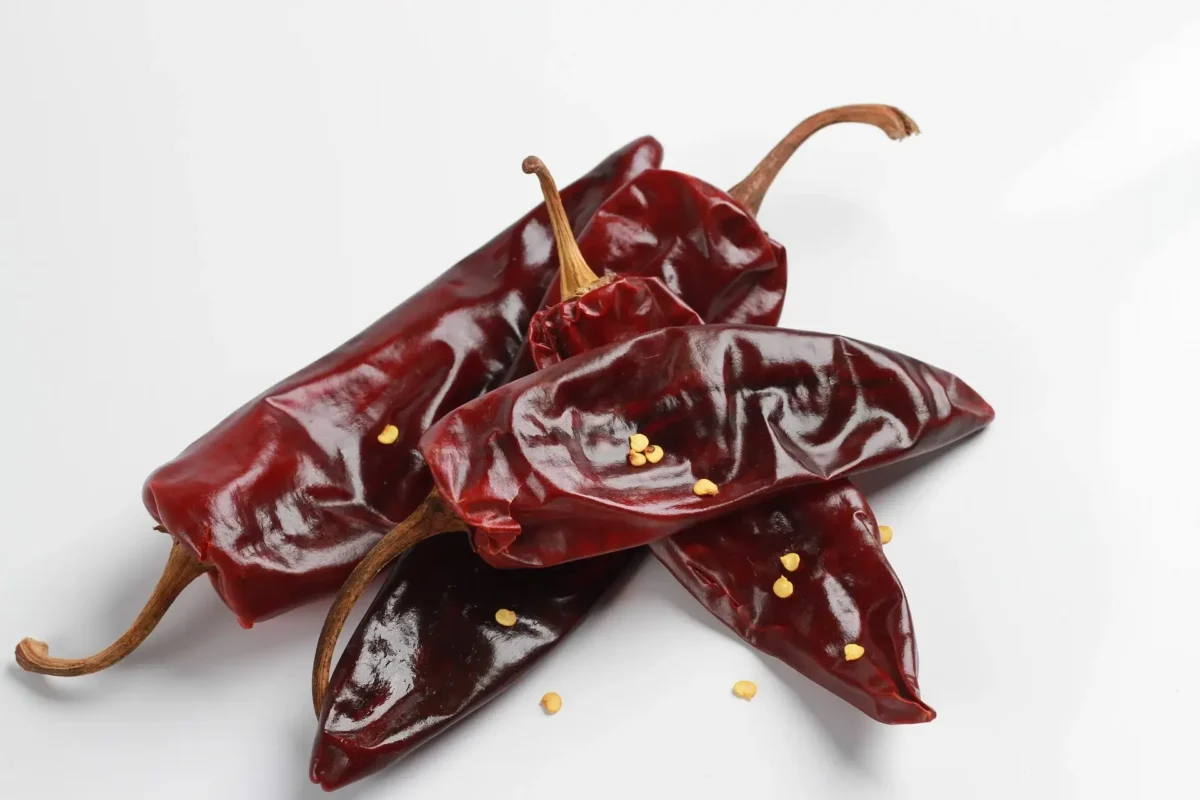Introduction
In the world of culinary delights, spices play a crucial role in adding flavor and aroma to our favorite dishes. One such versatile spice is granulated garlic. With its distinct taste and numerous health benefits, granulated garlic has become a staple ingredient in kitchens around the globe. Whether you’re a professional chef or a cooking enthusiast, this comprehensive guide will unravel the wonders of granulated garlic, its benefits, and uses, and provide helpful tips to enhance your culinary adventures.
Table of Contents
Granulated Garlic: A Flavorful Essential
Granulated garlic is a spice derived from fresh garlic cloves that have been dried and ground into a fine powder. This process ensures that the natural flavor and aroma of garlic are preserved, making it a convenient substitute for fresh garlic in various recipes. The granulated form allows for easy measurement and consistent flavor distribution, making it a go-to ingredient for many cooks.
The Bold and Aromatic Profile of Granulated Garlic
Granulated garlic possesses a bold and aromatic profile that adds depth and richness to any dish. When cooked, it releases a tantalizing fragrance that fills the kitchen, enticing our taste buds with the promise of delectable flavors. The distinctive taste of granulated garlic is often described as pungent, savory, and slightly sweet, making it a versatile addition to both savory and sweet recipes.
Health Benefits of Granulated Garlic
Apart from its delightful taste and aroma, granulated garlic offers numerous health benefits that make it even more appealing to include in your daily cooking routine. Let’s explore some of the key advantages:

- Boosts Immune System: Granulated garlic is rich in antioxidants that help strengthen the immune system, promoting overall health and well-being.
- Cardiovascular Support: Studies have shown that consuming granulated garlic may have a positive impact on heart health by promoting healthy blood pressure levels and reducing the risk of cardiovascular diseases.
- Anti-inflammatory Properties: The active compounds found in granulated garlic possess anti-inflammatory properties, which can help alleviate symptoms of certain inflammatory conditions.
- Digestive Aid: Granulated garlic has been known to aid digestion by promoting the production of digestive enzymes and supporting a healthy gut.
- Antimicrobial Effects: The antimicrobial properties of granulated garlic make it effective against certain bacteria and fungi, potentially reducing the risk of infections.
Garlic Salt vs Garlic Powder: Which One Should You Choose?
How to make granulated garlic at home?
To make granulated garlic at home, follow these step-by-step instructions:
Ingredients:
- Fresh garlic cloves
Equipment:
- Food processor or blender
- Dehydrator or oven
- Grinder or mortar and pestle
Instructions:
- Peel and separate the garlic cloves from the bulb. Remove any papery skins or blemishes.
- Slice the garlic cloves into thin, even pieces. This will help with the drying process.
- If using a food processor or blender, place the sliced garlic cloves into the bowl and pulse until the garlic reaches a granulated consistency. Avoid over-processing, as it may turn into a paste.
- If using a dehydrator, spread the processed garlic evenly on the dehydrator trays, leaving space between the pieces for proper airflow. Set the dehydrator to a low temperature, around 115°F (46°C), and allow the garlic to dry for approximately 8-12 hours or until completely dry and crispy. The drying time may vary depending on the dehydrator model and the thickness of the garlic slices.
- If using an oven, preheat it to the lowest temperature setting (usually around 150°F or 65°C). Line a baking sheet with parchment paper and spread the processed garlic evenly on the sheet. Place it in the oven and leave the door slightly ajar to allow moisture to escape. Let the garlic dry for approximately 2-4 hours or until fully dehydrated.
- Once the garlic slices are completely dry, transfer them to a grinder or mortar and pestle. Grind the dried garlic until it reaches a granulated texture. Be sure to grind it in batches if needed.
- After grinding, let the granulated garlic cool down completely before storing it in an airtight container or spice jar.
- Label the container with the date and store the granulated garlic in a cool, dark place away from direct sunlight and heat.
That’s it! You have successfully made homemade granulated garlic. Now you can enjoy the convenience of this flavorful spice in your culinary adventures.
Granulated Garlic vs Garlic Powder: Which One Pack the Flavor Punch?
Using Granulated Garlic in Your Kitchen
Now that we’ve uncovered the captivating qualities and health benefits of granulated garlic, let’s dive into the various ways you can incorporate this aromatic spice into your culinary creations.

1. Enhancing Meat and Seafood
The robust flavor of granulated garlic makes it an excellent choice for enhancing the taste of meat and seafood dishes. Whether you’re grilling, roasting, or sautéing, a sprinkle of granulated garlic can elevate the flavors to new heights. It pairs exceptionally well with chicken, beef, pork, shrimp, and fish.
2. Elevating Vegetables and Roasted Dishes
If you want to add a burst of flavor to your vegetable dishes, look no further than granulated garlic. Simply toss your favorite vegetables with a drizzle of olive oil and a sprinkle of granulated garlic before roasting them in the oven. The result? An irresistible medley of perfectly seasoned vegetables with a delightful hint of garlic.
3. Flavoring Soups, Stews, and Sauces
Granulated garlic serves as a fantastic flavor enhancer for soups, stews, and sauces. Whether you’re simmering a hearty vegetable soup or preparing a savory tomato sauce, a dash of granulated garlic will impart a wonderful depth of flavor. Remember to start with a small amount and adjust according to your taste preferences.
4. Adding Zest to Dips and Dressings
Next time you whip up a batch of homemade dips or dressings, consider incorporating granulated garlic for an added kick. Whether you’re preparing a tangy garlic aioli or a creamy ranch dip, the inclusion of granulated garlic will ensure your creations are bursting with flavor.
5. Baking with a Twist
Who said granulated garlic is limited to savory dishes? Get creative in the kitchen by experimenting with granulated garlic in your baking endeavors. It can add a unique twist to bread, biscuits, and even desserts like garlic-infused chocolate cake (yes, it’s a thing!).
Corn Syrup Substitute: Best Sweet Alternatives for Baking and Cooking
Conclusion
Granulated garlic is undoubtedly a culinary gem, offering an array of flavors and health benefits to enrich your cooking experience. Its aromatic profile and versatility make it an indispensable ingredient in countless recipes. Whether you’re a seasoned chef or a novice in the kitchen, embrace the wonders of granulated garlic and elevate your culinary creations to new heights of deliciousness.
So, the next time you find yourself reaching for that jar of spices, make sure to include granulated garlic and unlock a world of flavors that will tantalize your taste buds and impress your guests.
FAQs about Granulated Garlic
What is the difference between granulated garlic and garlic powder?
Both granulated garlic and garlic powder are made from dried garlic cloves, but the difference lies in their texture. Granulated garlic has a coarser texture, similar to fine grains, while garlic powder has a finer texture, almost like flour. This texture difference can affect their applications in recipes.
How much-granulated garlic equals one clove?
One clove of garlic is roughly equivalent to 1/2 teaspoon of granulated garlic.
Is granulated garlic the same as garlic powder?
No, granulated garlic is not the same as garlic powder. While both are made from dried garlic cloves, they have different textures. Granulated garlic has a coarser texture, similar to fine grains, whereas garlic powder has a finer texture, almost like flour. This texture difference can affect their applications in recipes.
Can I use granulated garlic as a substitute for fresh garlic?
Absolutely! Granulated garlic is a convenient substitute for fresh garlic, especially when fresh cloves are not available. One teaspoon of granulated garlic is equivalent to about two cloves of fresh garlic. However, keep in mind that the flavor of granulated garlic is more concentrated, so adjust the amount according to your taste preference.
How should I store granulated garlic?
To preserve the flavor and aroma of granulated garlic, store it in an airtight container in a cool, dark place, away from direct sunlight and heat. Proper storage will ensure its freshness for an extended period.
Can I use granulated garlic in raw dishes?
While granulated garlic is primarily used in cooked dishes, it can also be used in raw preparations such as salad dressings and dips. However, keep in mind that the flavor of raw granulated garlic might be more intense, so use it sparingly to avoid overpowering other ingredients.
Are there any potential side effects of consuming granulated garlic?
Granulated garlic is generally safe for consumption and well-tolerated by most individuals. However, some people may experience mild side effects such as bad breath or digestive discomfort. If you have any concerns or pre-existing medical conditions, it’s always best to consult with a healthcare professional.

Rupesh Sagvekar is Content writer, Food blogger and owner of Manvik Foods, an online shop in Mumbai, India that specializes in selling high-quality dry fruits, nuts, berries, whole and powdered spices. Under the authority of Manvik Enterprises Organisation, Rupesh and his team believe that quality is of the utmost importance. They take great care to ensure that their products are verified, tested, and of the best possible quality. Rupesh’s goal is to make sure that every customer is satisfied with what they receive from Manvik Foods.
As an Amazon affiliate, Manvik Foods ships their products all over India, allowing customers from all corners of the country to enjoy their delicious and nutritious products. With Rupesh at the helm, Manvik Foods has become known for their commitment to quality, exceptional customer service, and passion for healthy, natural foods.




